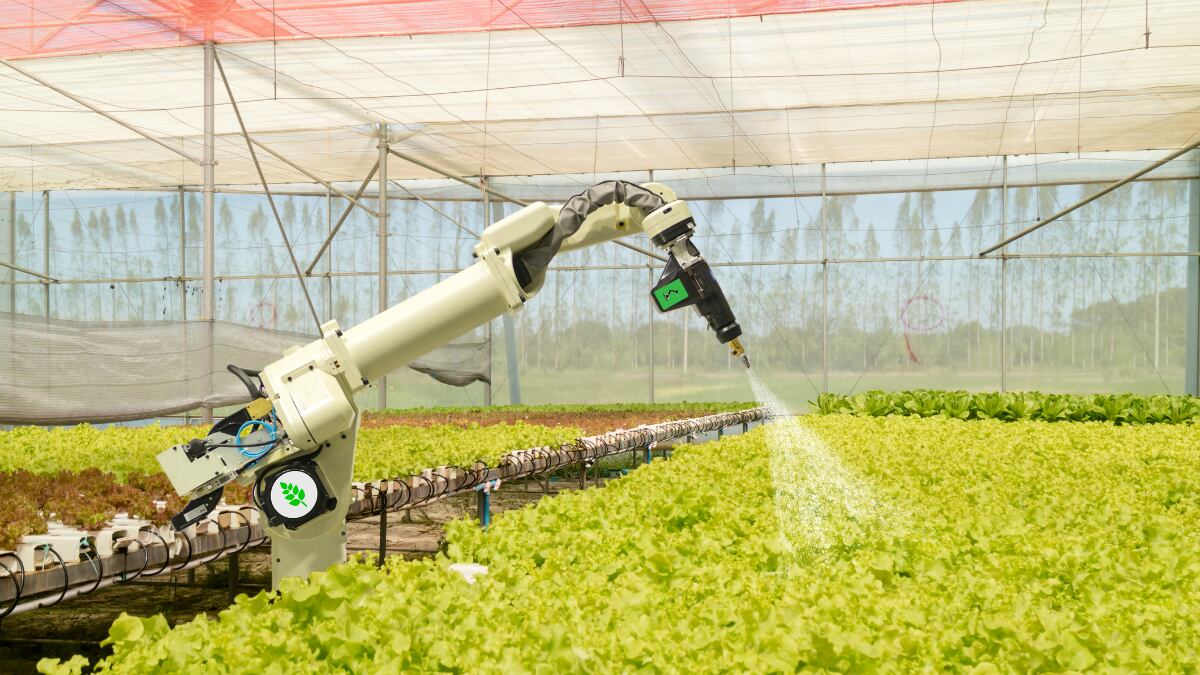The technology business incubator of the Indian Institute of Management Ahmedabad (IIMA) invested an undisclosed amount in the start-up after the latter participated in the Economic Times Power of Ideas programme, of which the IIMA is a partner organiser.
Sattvaponics emerged as one of the winners after an intensive six-month programme, securing funding from the CIIE as a result.
Speaking to NutraIngredients-Asia, co-founder Ashish Korde said: "This funding will be used primarily for developing new products that are already in our pipeline, as well as increasing our geographic footprint, so we can conduct multi-location trials.
"We also want to scale up so we can produce more solutions and serve more customers within the nutraceutical industry."
Problem-solving platform
The solutions Korde was referring to are part of what he calls 'precision agriculture', optimised for the nutraceutical industry.
While manufacturers, suppliers and brands in general are regulated and organised, the agricultural sector tends to be disorganised — especially in India.
Co-founder Kevin Parekh told NutraIngredients-Asia: "We are trying to solve the problems the nutraceutical industry is facing, especially in terms of raw materials. Firstly, there are high levels of contamination in the agricultural produce, be it from pesticides, herbicides or heavy metals.
"The second issue is low bioactive content in the produce. Farmers are mostly motivated by high crop volume rather than bioactive content, since they are not compensated for the latter.
"The third issue is consistency. Conventional farming depends heavily on natural factors, such as soil condition, and climate. The consistency of the availability of high-quality raw materials is difficult to maintain.
"In addition, compared to the food industry, the nutraceutical industry is quite small. It can be difficult for nutraceutical companies to get the right raw materials, due to problems like higher costs."
Protocols for every stage
Sattvaponics' problem-solving approach revolves around assessing individual issues and developing solutions that cover the entire process of developing an ingredient for nutraceutical use.
Korde said: "Based on a particular problem, we design a solution that covers all the protocols, from farm stage to post-harvest processing.
"At the centre of our solutions is the consumer, who is struggling with all kinds of contamination and adulteration of raw materials. Take for example ginger, which suffers from high pesticide contamination almost everywhere in the world.
"We work with the customer to understand the issues, and design a protocol starting from seed development and treatment, focusing on the active ingredients of ginger and how to preserve their quality and bioavailability all the way through to post-harvest processing."
He added that in the long term, the company plans to scale up their solutions for farm applications, but is currently focusing on ensuring all the necessary quality controls are in place.
The next phase would involve Sattvaponics providing training for farmers, so they can grow their crops using the firm's solutions.
The produce will then be collected for processing before being supplied to nutraceutical manufacturers.
Korde said, "We don’t focus on the overall yield of the crop, but on the per-acre yield of bioactives in a plant. We select a seed, and our entire set of protocols — which cover growing conditions, irrigation, harvesting time, drying procedures — are optimised to produce the best quality and maximum bioavailability of that particular crop."
He also highlighted the importance of the final steps of the production process, saying that often, much of a crop's bioactive content was lost in the last stages of conventional farming.
As such, Sattvaponics uses sterile growing conditions in a protected environment, biological control agents and optimised plant nutrition to ensure the survival of bioactive ingredients after post-harvest processing.
This also lowers the risk of diseases and pest attacks, negating the need for chemical pesticides.
"Eventually, everyone benefits: farmers from better yield, pricing and income, consumers from cleaner, more nutritious products, and manufacturers from being able to meet the growing demand for better quality products.”
The firm aims to cover 300 to 400 acres of cultivation within the next three years in order to produce multiple high-value crops year-round.
Investments, India, and international interests
Korde and Parekh have a collective two decades of experience in the nutraceutical industry, and count OmniActive founder and MD Sanjaya Mariwala as their mentor.
They once worked with Mariwala, who co-invested in Sattvaponics together with the CIIE.
While Sattvaponics was started in and is located in India, the firm's focus is on East Asia, South East Asia, and Europe.
In fact, it has been in talks with companies in Japan, Taiwan and Europe, and has expressed interest in Singapore, Malaysia and Thailand.
Once it is established in its overseas target markets, however, Sattvaponics intends to use its standing, technologies and expertise to effect positive change in India’s nutraceutical industry.
Parekh said: "A lot of the experts we work with are not from India, and we want to work in other countries not only to access their technologies, but also to be closer to the markets themselves.
Ashish added: "Our vision is to raise the benchmarks for quality in the industry. We want to bring in technologies and solutions that not only work for larger, more established markets, but that are cost-effective and can improve the quality standards in market such as India.
"We have a big population, and it is our responsibility to serve the market with clean, better quality products."

